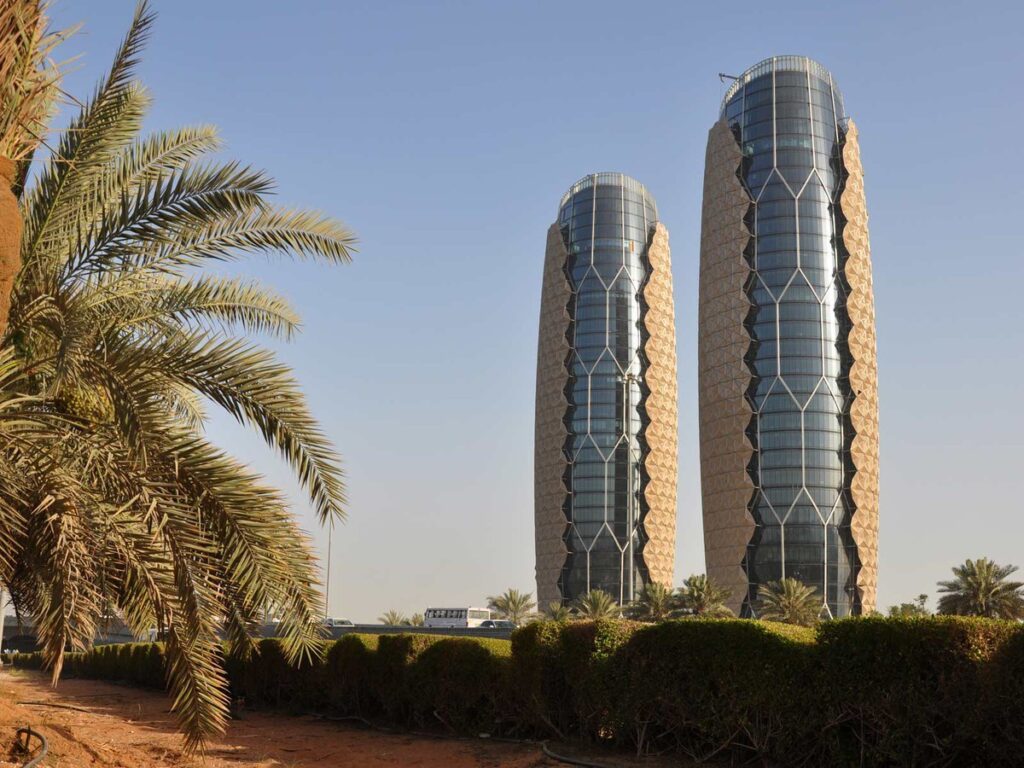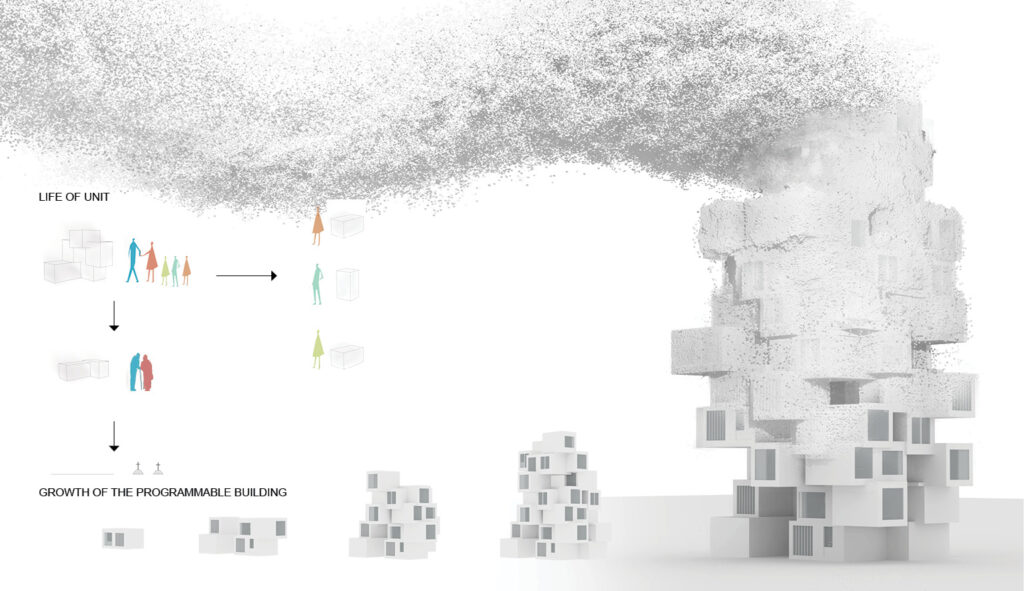Programmable matter architecture is paving the way for a revolutionary approach to building design and robotics. This cutting-edge technology merges digital and physical elements to create structures that adapt and evolve like living organisms. By leveraging programmable matter, architects and engineers can design buildings that are not only sustainable but also highly responsive to their environment. This article explores how programmable matter is transforming architecture and robotics, and why it represents a significant leap forward in both fields.
Continue readingCategory: Adaptation
Adaptation: The ability to change over time in response to changes in the environment, such as developing resistance to disease or adapting to new food sources.
Response to stimuli: The ability to detect and respond to changes in the environment, such as light, temperature, or the presence of food.
Responsive Facade

The Al Bahar Towers in Abu Dhabi feature a unique responsive facade system designed by Aedas. The facade is made up of hundreds of “mashrabiya” shading elements that open and close based on the sun’s position and intensity. This innovative design provides natural ventilation and shading for the interior of the building, creating a comfortable and energy-efficient environment.

